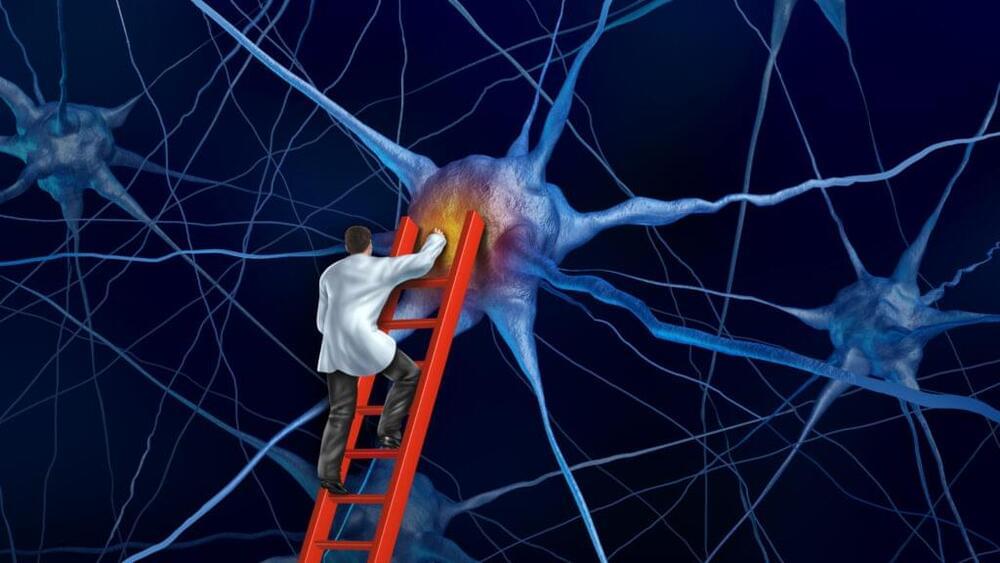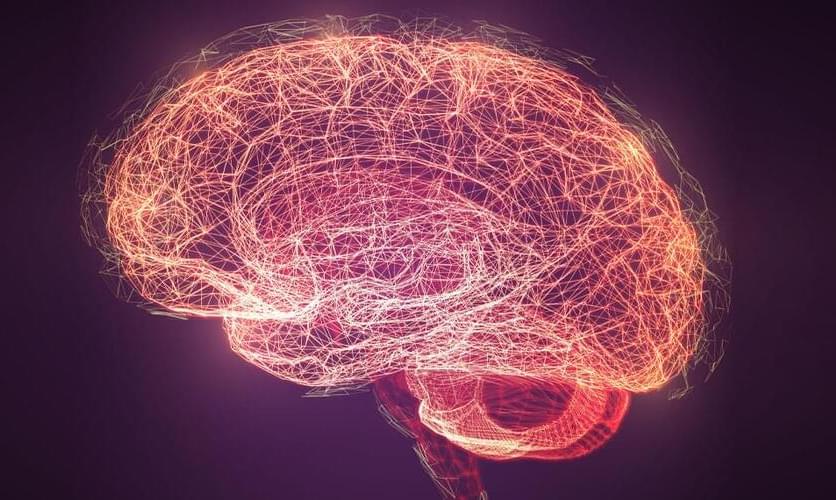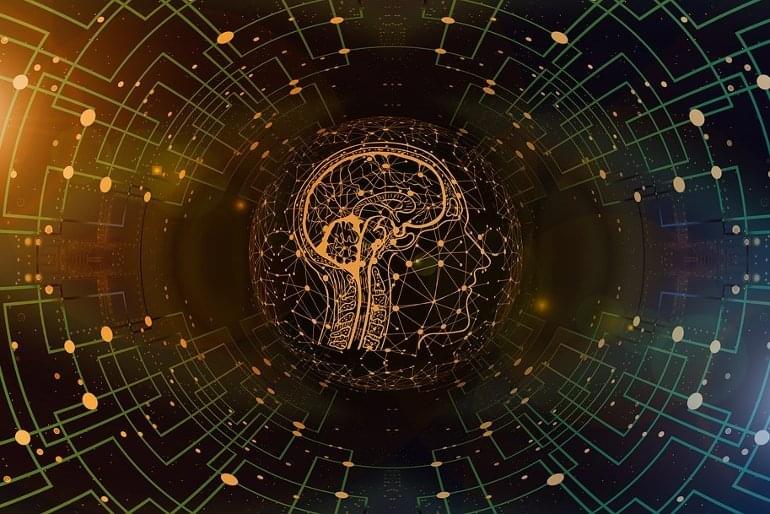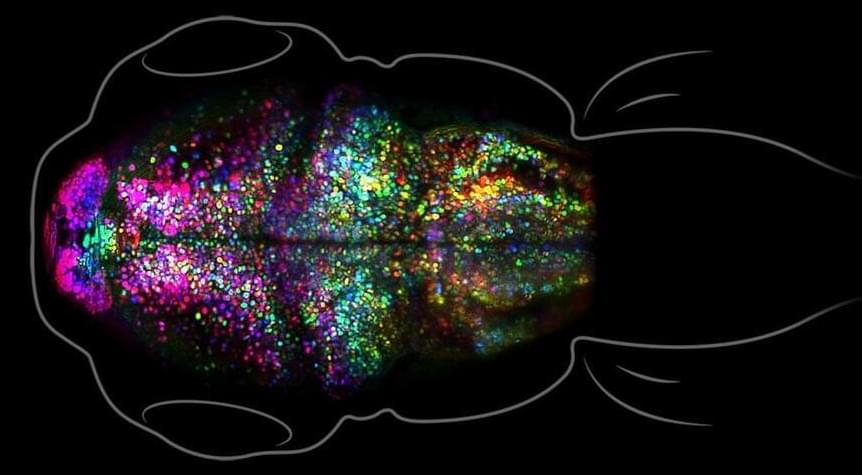One of the especially promising therapies to appear in the realm of anti-aging research involves a set of molecules known as Yamanaka factors, which scientists have deployed to rejuvenate aging cells, trigger muscle regeneration and tackle glaucoma. New research at the Salk Institute has sought to build on these short-term and specific use cases by demonstrating how these molecules can reverse signs of aging in middle-aged and elderly mice, with no evidence of health problems following the extended treatment.
The Yamanaka factors at the center of this study are a set of four reprogramming molecules that can reset the molecular clock found in the cells of the body. They do so by returning unique patterns of chemicals known as epigenetic markers, which evolve through aging, to their original states.
This approach has been used to convert adult cells back into stem cells, that can then differentiate into different cell types. The Salk Institute team has previously used the approach to reverse signs of aging in mice with a premature aging disease, and improve the function of tissues found in the heart and brain. Separately, Stanford University scientists last year used the technique to give elderly mice the muscle strength of younger mice.





